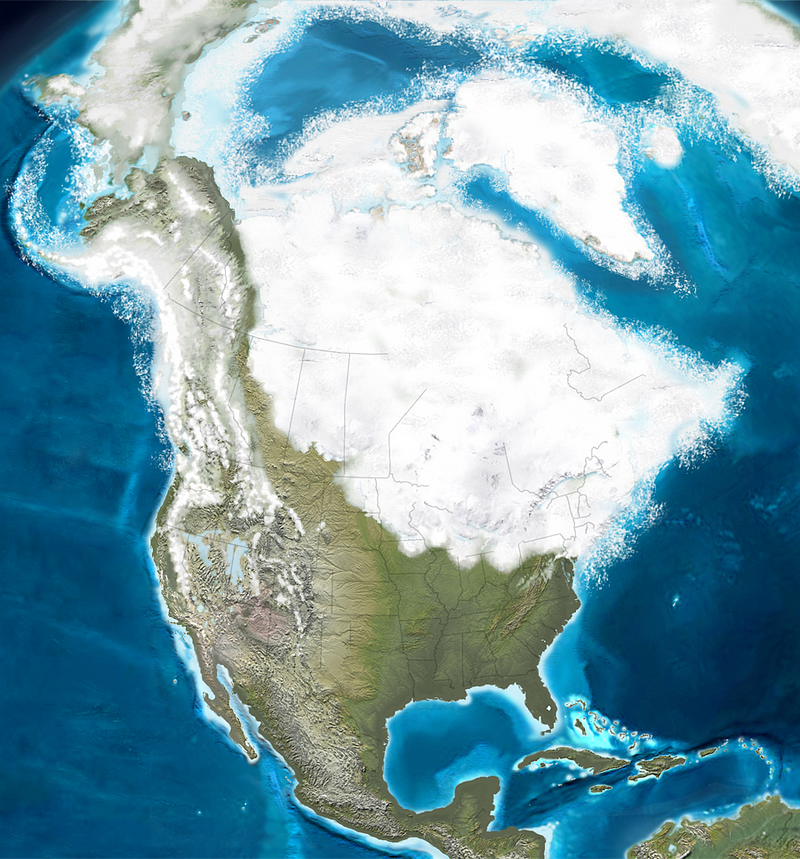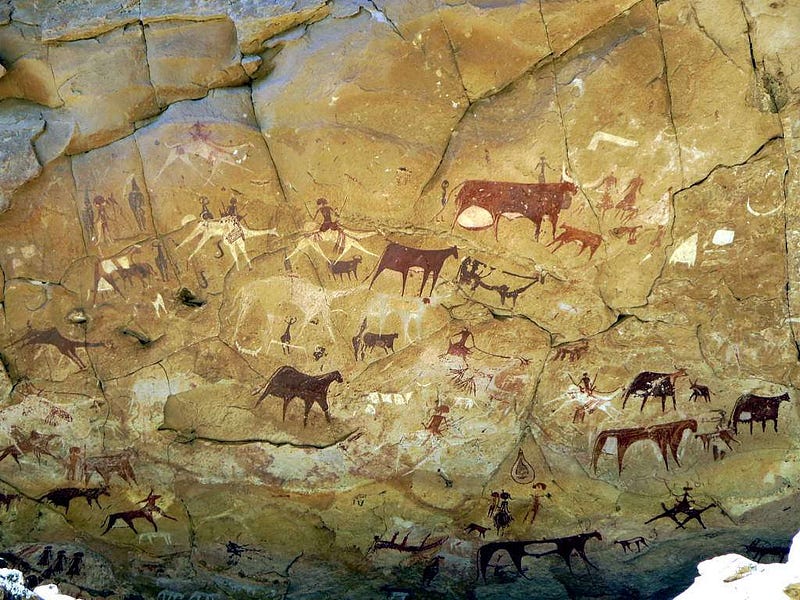Understanding Earth's Cycles: The Pulse of Our Planet
Written on
Chapter 1: The Discovery of Earth's Rhythms
Earth exhibits a myriad of unpredictable patterns, yet we are gradually deciphering its rhythms. This exploration begins with a historical note from two millennia ago, when the Greek astronomer Hipparchus made a remarkable observation: the constellations were shifting! By meticulously documenting the positions of stars such as Spica and Regulus, he discovered a 2-degree shift compared to earlier records. With keen insight, he concluded that the Earth's axis was undergoing precession, estimating its rate to be within 30% of the actual figure. For a better understanding of precession, check out this engaging animation.

Precession is one of three significant cycles that our planet experiences, and it is the fastest, completing a full cycle every 20,000 years. The other two cycles, which are slower and harder to observe, include obliquity (axial tilt) with a cycle of 40,000 years and eccentricity (the shape of Earth's orbit) cycling every 100,000 years. These cycles are crucial for understanding how Earth receives solar energy. Precession affects seasonal intensity, obliquity influences solar heat distribution to the poles, and eccentricity modulates the effects of precession. Though each cycle individually has a minor impact, their combined effects can lead to significant climatic shifts, with geologists finding evidence of these cycles throughout rock formations. Let’s explore two notable examples!
Section 1.1: Ice Ages and the Milanković Cycles
The most renowned illustration of these cycles in action is the Ice Ages. Geologists refer to the trio of cycles described earlier as the "Milanković Cycles," named after Serbian scientist Milutin Milanković, who first linked them to the occurrence of ice ages. In the early 20th century, scientists were starting to grasp the potential influence of these cycles on Earth's climate, having also discovered that the planet had gone through multiple ice ages. Milanković proposed a groundbreaking hypothesis: what if Earth's orbital variations dictated the timing of ice ages?

During his time as a prisoner of war, Milanković meticulously calculated orbital patterns. He posited that when these cycles aligned to create exceptionally warm summers in the Northern Hemisphere, the ice age would come to an end. The Northern Hemisphere was particularly vital since it is where most glaciers form during ice ages. Although his ideas intrigued scientists, they lacked concrete evidence until the 1960s, when ice core drilling in Antarctica began. These cores revealed climate data extending back a million years, allowing researchers to determine the precise timing of ice ages. In a pivotal study, Hays (1976) demonstrated that the patterns of ice ages corresponded with the Milanković Cycles, solidifying Milanković's legacy as a pivotal figure in Earth science.

The connection between these cycles and ice ages remains a dynamic field of research. While Milanković's theories shed light on ice age patterns, numerous questions persist regarding the mechanisms at play. Notably, Hays (1976) revealed that for the past 800,000 years, ice ages occurred approximately every 100,000 years, aligning well with eccentricity's cycle, despite its relatively weak influence compared to obliquity and precession. This raises questions about why ice ages do not occur in sync with the more impactful cycles. For a deeper dive into this intriguing issue, explore the “100,000-year problem,” as ongoing studies continue to address these complexities.
Section 1.2: The Sahara Desert's Evolution
While ice ages illustrate the interplay of all three cycles, the Sahara Desert's geological history is primarily shaped by orbital precession. The influence of precession on monsoons is significant; depending on its phase, monsoon strength can vary. Currently, precession has rendered the monsoons in the Northern Hemisphere relatively weak, failing to reach the Sahara Desert. However, 10,000 years ago, these monsoons were much more robust.

Research utilizing sediment cores from ancient lake beds reveals that these lakes in Northern Africa were once up to ten times larger than they are today. Evidence of a verdant Sahara is also found in human cave paintings in areas that are now barren, as well as in outwash plains around the Niger River, indicating a time of abundance. Ten millennia ago, the Sahara thrived, providing an ideal environment for human life.
The gradual desiccation of the Sahara significantly impacted early human civilizations. As the region became less hospitable, inhabitants sought new sources of sustenance and relocated to nearby areas. Many historians argue that this transition led communities towards the Nile River, ultimately giving rise to the ancient Egyptian civilization. This shift also facilitated the transition from hunter-gatherer societies to pastoral communities, as reflected in the evolving artistic depictions in the Sahara, which transitioned from hunting scenes to herding imagery.

Through various climate models, researchers have determined that the Milanković Cycles cannot solely account for the drastic transformations observed in the Sahara. They provide the initial impetus, but the Earth's response must amplify them. As precession weakened the Northern African monsoons, vegetation decline followed, which further reduced the capacity to retain heat, ultimately leading to even weaker monsoons. A minor nudge can trigger a significant response.
Numerous geological records illustrate the influence of the Milanković Cycles, a foundational aspect of Earth Science that underpins our understanding of various geological phenomena. I regard these cycles as the “pulse” of our planet. While they do not fully elucidate every response, they set the rhythm to which the Earth moves.
Chapter 2: The Impact of Earth's Cycles on Climate
In this video, NASA presents an overview of Earth’s vital signs and how they reveal the planet's health and ongoing changes.
National Geographic explores the intricate relationships between Earth's cycles and climate, showcasing their significance in understanding our planet.
Thank you for reading! If you have thoughts or questions about this exploration, please share in the comments. If you enjoyed this article, consider supporting my work through membership for more insights into science and math. I publish weekly on these topics!